Classy coffee table
The gentle curves and sweeps in this table may be deceiving, because the square base makes it accessible to both new and experienced woodworkers.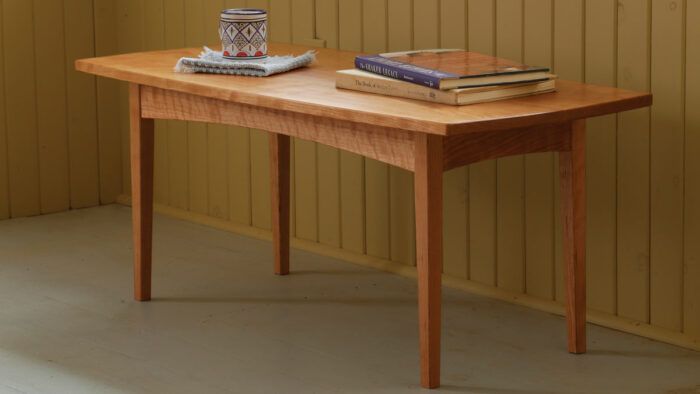
Synopsis: The gentle curves and sweeps in this table may be deceiving, because the square base makes it accessible to both new and experienced woodworkers. The legs are mortised before being tapered, the curved aprons are cut with a bandsaw and refined by pattern routing, but you can easily shape them with rasps and files. Same with the curvy top: Charlie Durfee uses a scrollsaw, but you can cut the curves using your preferred method.
I’ve built a few of these coffee tables over the years, all to good reviews. Most have been in cherry, including the one here, but I’ve also used maple, walnut, and even butternut. While it’s quite straightforward as a build, there are interesting challenges in the variety of techniques involved. The design is very adaptable, however, and can be simplified if you don’t want to tackle all of these techniques at once. The dimensions can easily be modified as well. Indeed, I’ve used essentially the same design to make several full-size dining tables.
Adaptable design
The straight lines of the legs contrast with some gentle sweeps in the top and aprons. The base, despite its curves and tapers, is actually all squared up, greatly simplifying the joinery. The aprons join to the legs with mortise-and-tenons, and there is a small center brace that has sliding dovetails at each end to discourage bowing. Simple dado joints there are a viable option if you prefer. The legs are square in section, with the two inside faces below the apron tapering toward the floor. This is standard Hepplewhite design, which was adopted in Early American and Shaker styles. Finally, the top is small enough to provide an opportunity to use that special board you’ve squirrelled away, or one that emerges from a stack at the lumberyard.
Ever since beginning my woodworking life as a boatbuilder, I’ve been drawn to using curves in my designs, and this table is no exception. After all, curves add a lot of interest to a small piece of furniture. If you find them daunting, by all means just go with straight lines. You’ll still have a lovely and serviceable table. These curves are easy to fashion, though, so I encourage you to give them a try.
Tapered legs, timeless style
Typically, I start with the base assembly—the legs and aprons—because it’s the largest time investment. Then I move to the top. However, if you are using special boards, begin by making the top in case you need to change the base’s dimensions.
It’s easier to size tenons to mortises than vice versa, so I begin with the legs. When planning a construction sequence, I like to remember the maxim “Joinery before shaping.” For example, in this project, leave the legs square until the mortises are cut. Do the same for the aprons and their tenons.
For the legs, choose stock with the straightest grain possible. It’s also nice if the blanks are riftsawn (their annual rings running diagonally on the endgrain) to avoid too much contrast between plainsawn and quartersawn faces. But I would not waste much stock trying to achieve this effect. Just do the best possible, and orient the best faces out.
Four-square the pieces, including cutting them to length. Next, lay out the mortises on the inside faces of the legs. Mark the top of the tapers on those same faces.
There are more ways to fashion mortises than stars in the sky. A common route is roughing out the openings on the drill press and finishing them by hand with a chisel. My top choice, however, is using a hollow-chisel mortiser. If you have the budget and plenty of mortises ahead of you, I highly recommend one. A plunge router works nicely, too.
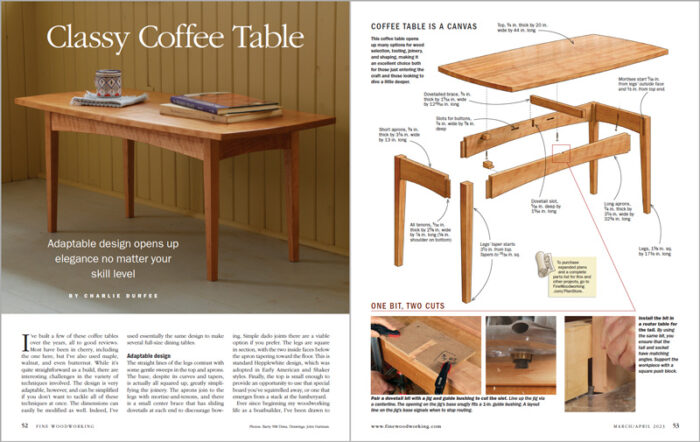 Charlie Durfee is a woodworker in Woolwich, Maine.
Charlie Durfee is a woodworker in Woolwich, Maine.
To view the entire article, please click the View PDF button below.
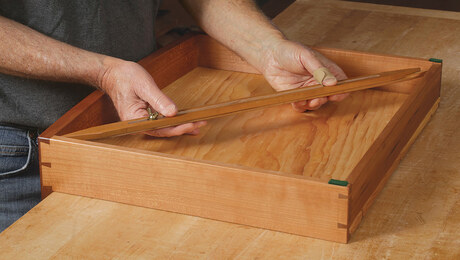 |
Making and using squaring sticks |
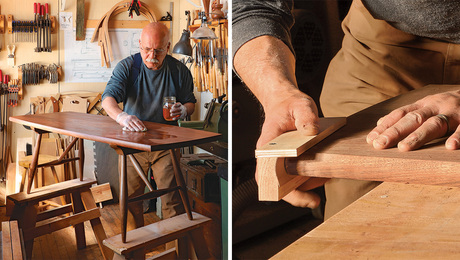 |
Build a modern coffee table |
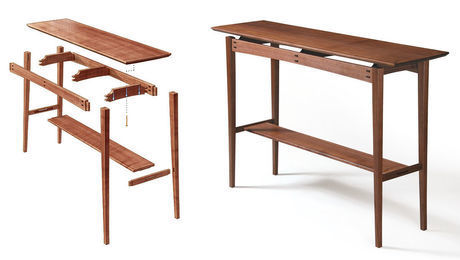 |
Float the top |

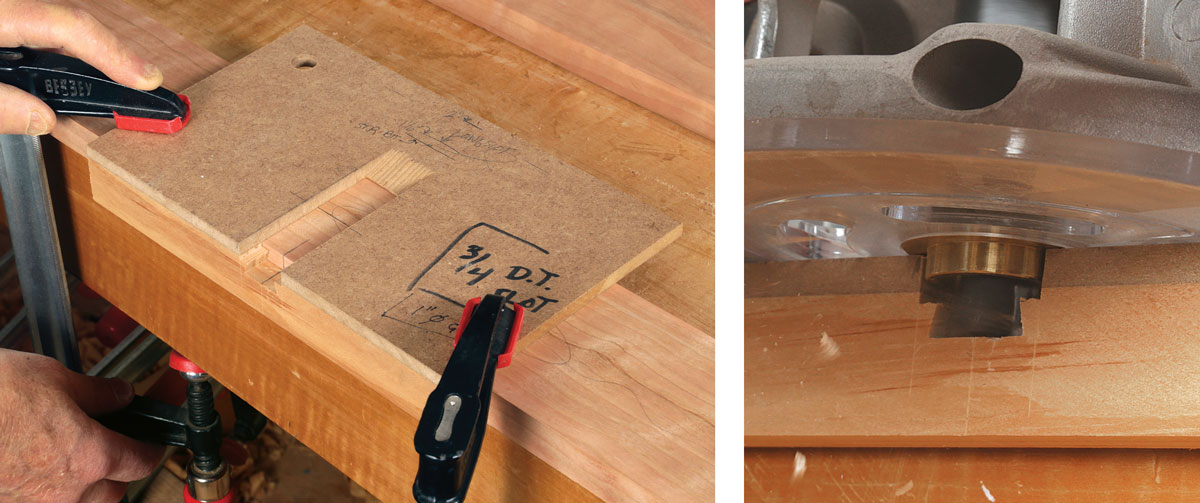
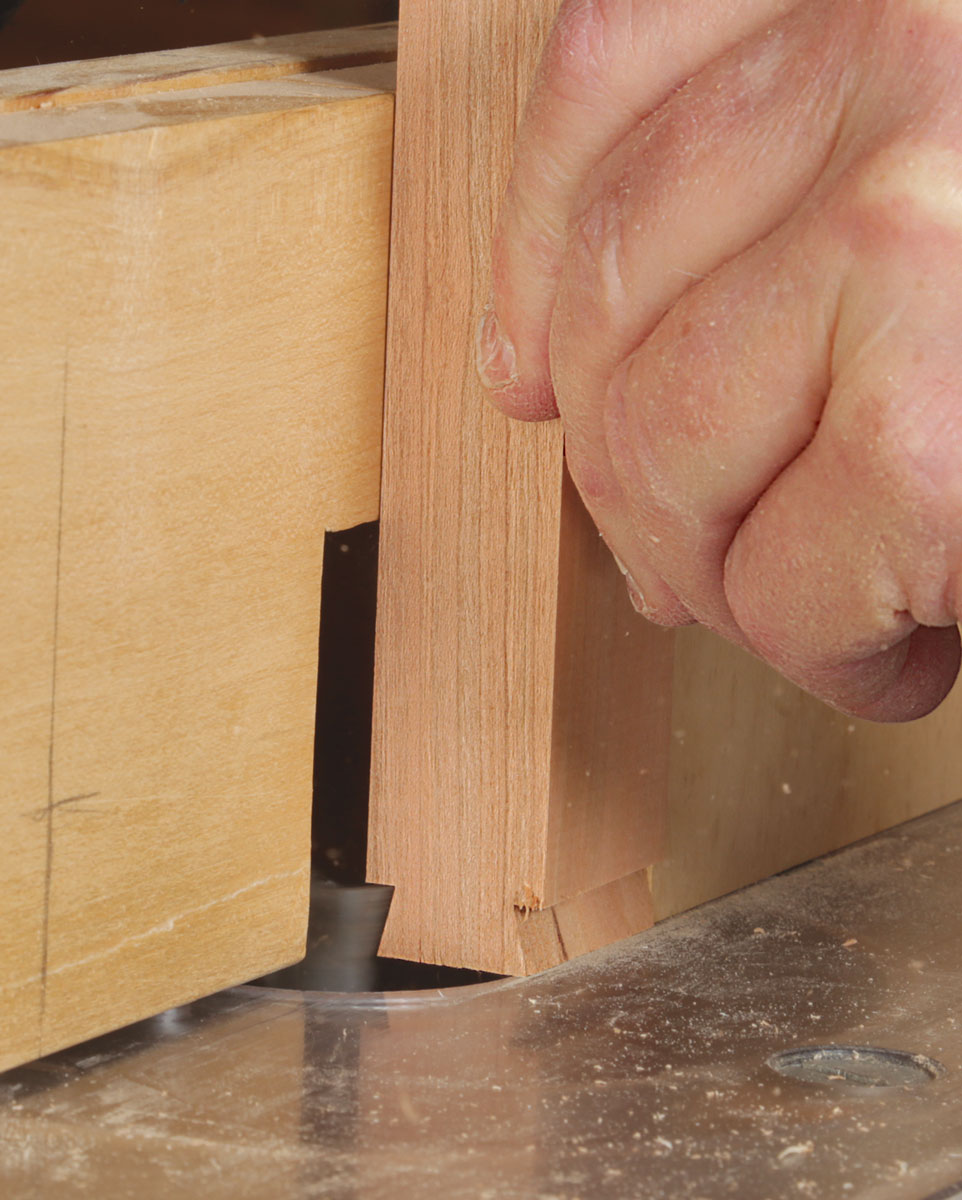
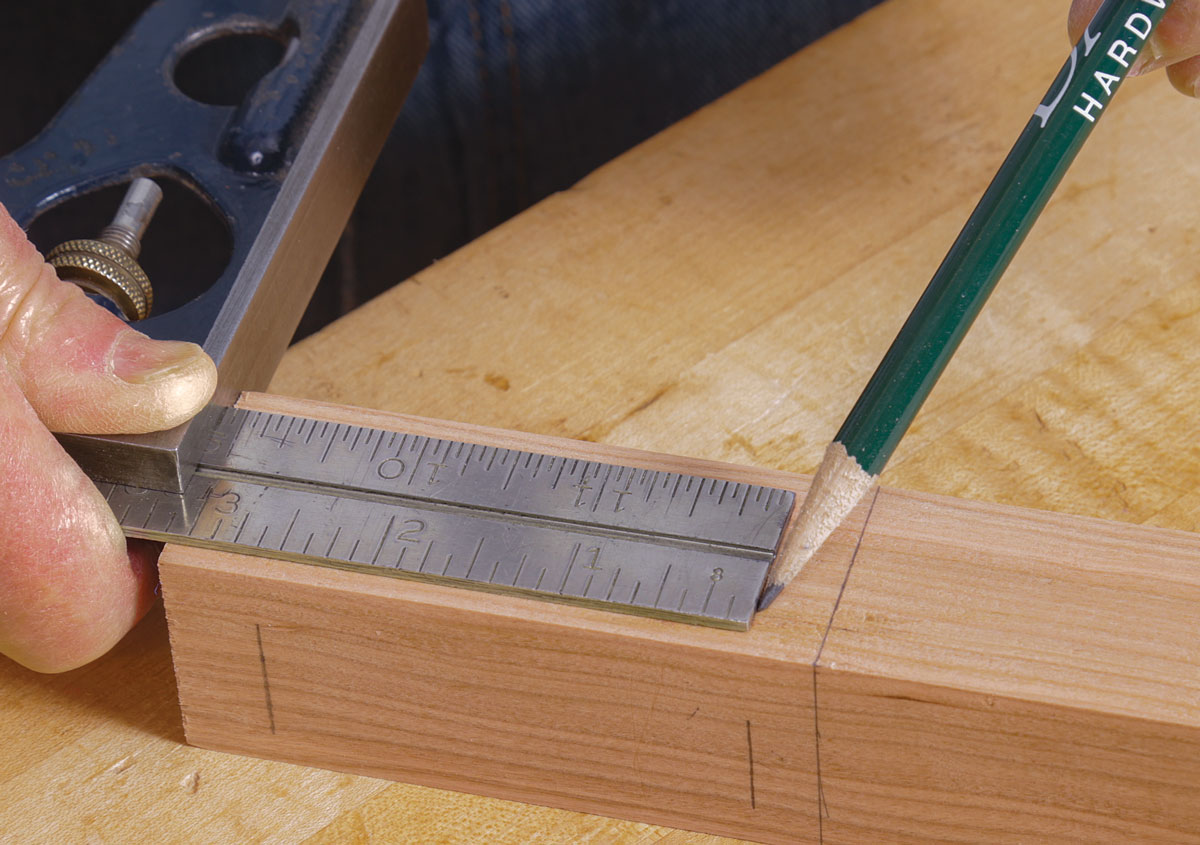

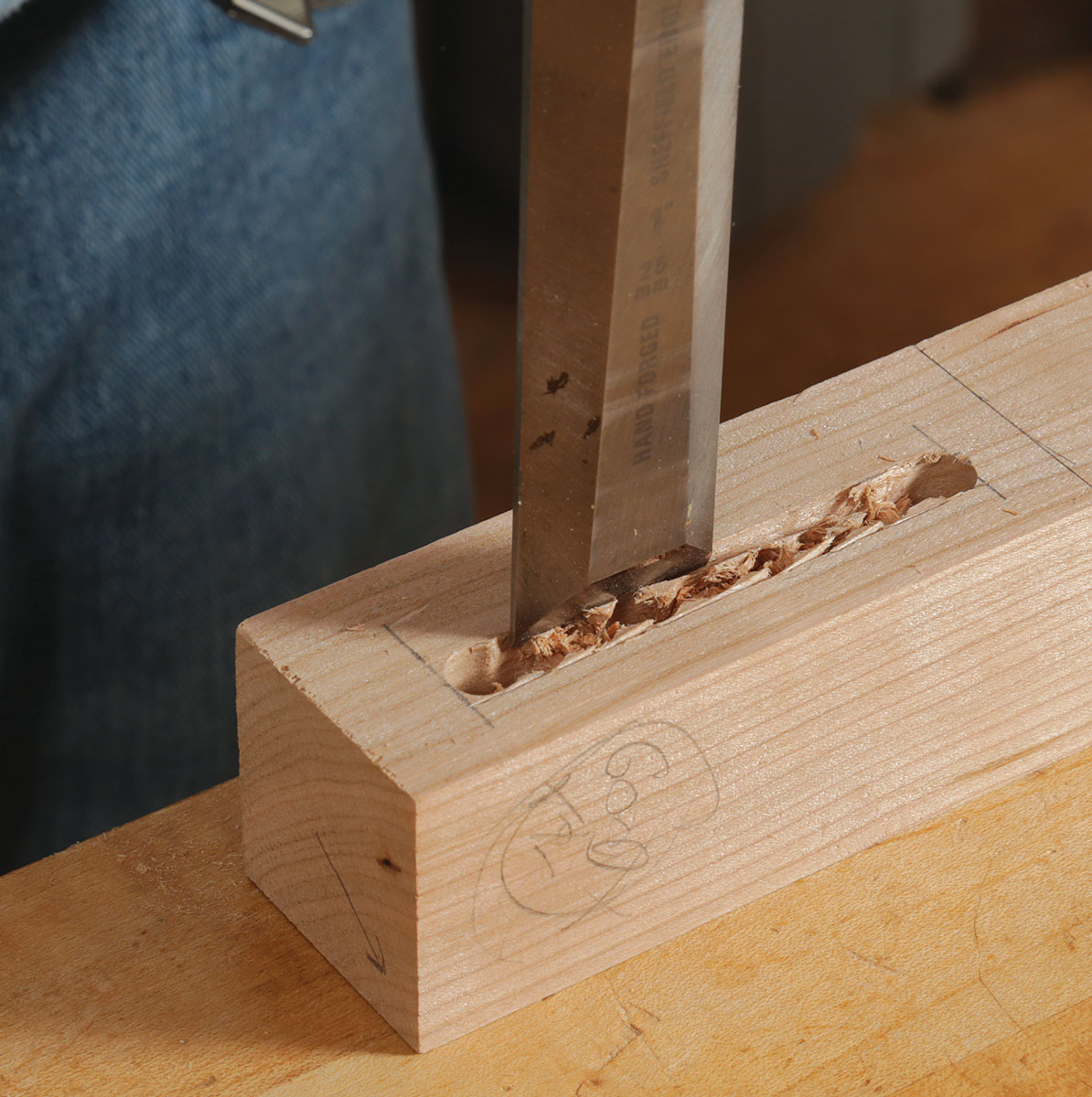


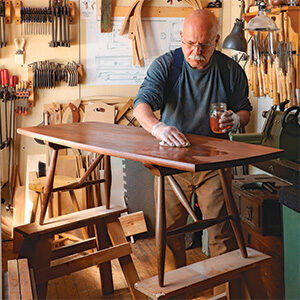
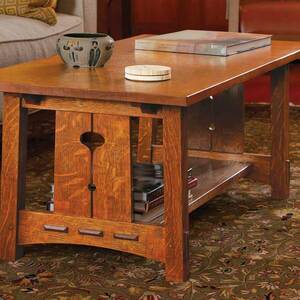







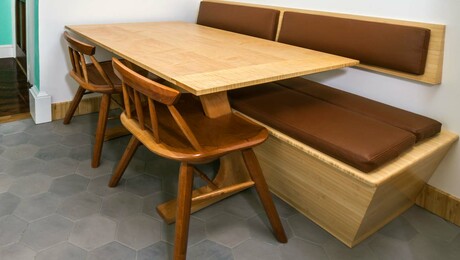
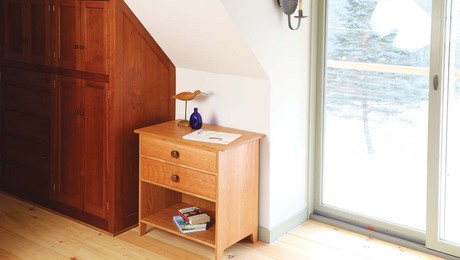








Log in or create an account to post a comment.
Sign up Log in